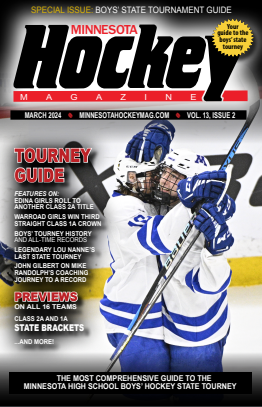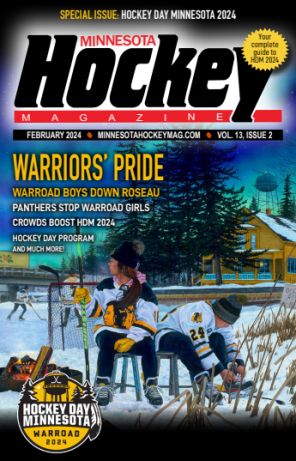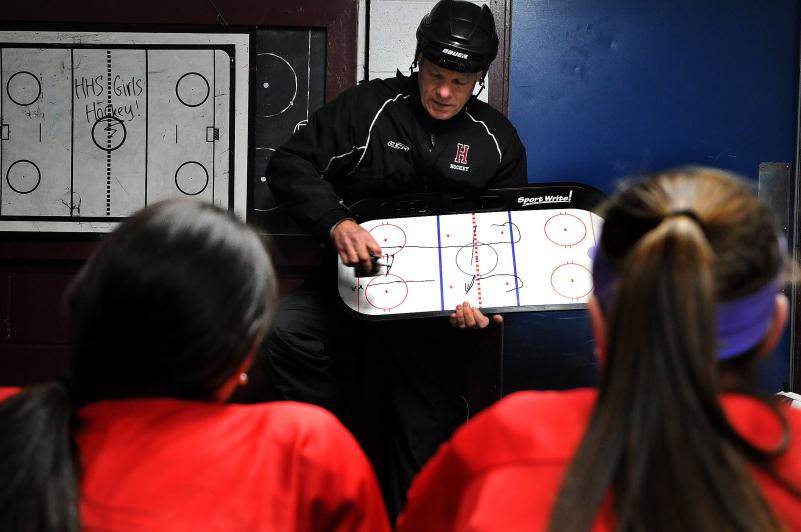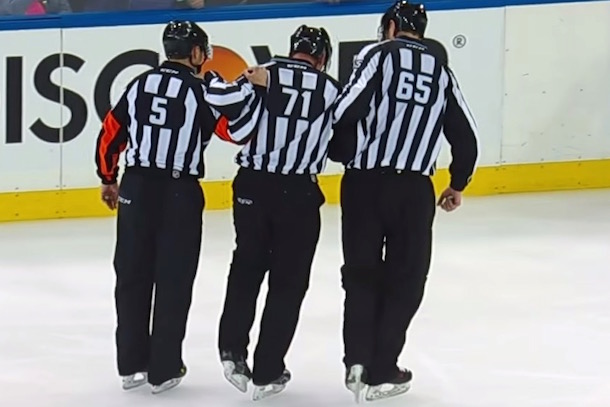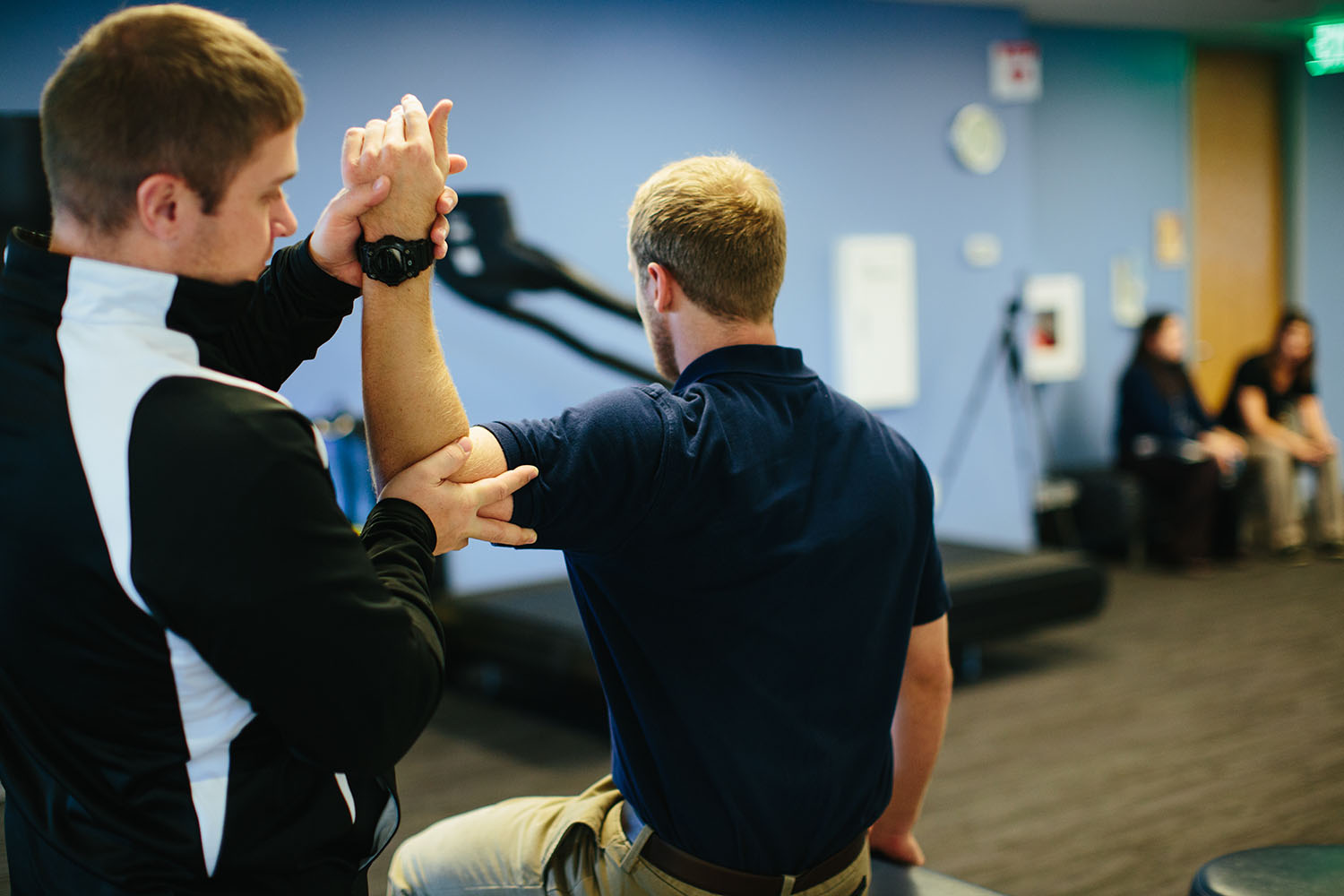
5 things to do if you think you have a concussion
The first thing to do if you think that you have suffered a concussion while playing sports is to get off the field of play and tell your coaches, parents, or athletic trainer. Athletic trainers have specialized training in concussion injuries and are your best resource for concussion injuries in the community.
Athletic trainers are available at most high schools to evaluate athlete injuries. TRIA also has an athletic training room open Monday through Thursday from 2:00-6:30, Friday from 2:00-5:30, and Saturday from 9:00-12:00 to assess your injuries and advise on whether further medical care is necessary. Coaches have to do mandatory concussion training. Letting one of these people know can help you get to the right person to manage the injury.
Do not try to play through the concussion symptoms that you are experiencing. Trying to play through concussion symptoms only makes the injury worse. Most athletes will start to experience more headaches, dizziness, fogginess, nausea, and fatigue by pushing through their symptoms. This only delays the brain’s recovery after a concussion.
The brain will use up all of its energy reserves while trying to heal so it needs to borrow energy stores from muscles and other areas of the body. If you work out too much then you deprive the brain of the energy it needs to recover and your symptoms will last longer.
Seek a medical evaluation by an appropriate health care provider specifically trained in concussion management, such as a sports medicine physician or athletic trainer. According to MN state law, athletes with concussion symptoms need medical clearance before returning to play.
Concussions are often difficult injuries to assess. Unfortunately, we do not have one single test to diagnosis a concussion or predict the length of recovery. That’s why it is important to have a full medical evaluation to make sure the injury is fully assessed and a treatment plan is in place.
TRIA has assembled a specialized concussion care team to handle concussion injuries and return to play decisions. Our goal is to accurately diagnosis concussions, develop treatment plans individualized for each athlete, and identify those at risk for longer term symptoms.
Rest is important for the reasons previously described and so you do not feel worse during the day. Pacing your daily activities and tasks will help you manage academic requirements so that athletes do not get too far behind in their studies.
Getting far behind in school often leads to anxiety and a sense of being overwhelmed. Being in the right frame of mind, feeling well physically, and having a positive outlook on your recovery, will help you manage concussion symptoms better.
Once you’re feeling back to normal with day-to-day routines are you ready to jump right back into play? NO! Before returning to the field of play, you should follow a stepwise return to play protocol that tests your body’s response to physical exertion. Sometimes after a concussion injury you will feel fine at rest but when you exercise or do coordinated athletic drills, concussion symptoms will return.
Following the recommended five step return to play protocol helps an athlete know whether symptoms are completely gone before risking further injury in a game setting.
5-Step Return to Play Protocol to be started once symptom free at rest:
Step 1: Light aerobic activity
The Goal: Only to increase an athlete’s heart rate.
The Time: 5 to 15 minutes.
The Activities: Exercise bike, walking, or light jogging.
No resistance training, jumping or sprinting.
Step 2: Moderate activity
The Goal: Limited body and head movement.
The Time: Reduced from typical routine.
The Activities: Moderate jogging, brief running, moderate-intensity stationary biking, and moderate-intensity weightlifting
Step 3: Heavy, non-contact activity
The Goal: More intense but non-contact
The Time: Close to typical routine
The Activities: Running, high-intensity stationary biking, the player’s regular weightlifting routine, and non-contact sport-specific drills. This stage may add some cognitive component to practice in addition to the aerobic and movement components introduced in Steps 1 and 2.
Step 4: Practice & full contact
The Goal: Reintegrate in full contact practice.
Step 5: Competition
The Goal: Return to competition.
Youth sports are passion for Alex Noll especially the area of sports concussion management. He’s committed to providing care for all athletes. He also believes in educating athletes, coaches and parents to help them recognize early signs and symptoms of a sports related concussion. His utmost concern is for the safety of athletes so that they are rewarded with safe participation and enjoyment of sports. Outside of work, he enjoys volunteering for the Washburn Games (Washburn Center for Children), providing volunteer care at high school sporting events and he and his wife are busy chasing after their three young children.





